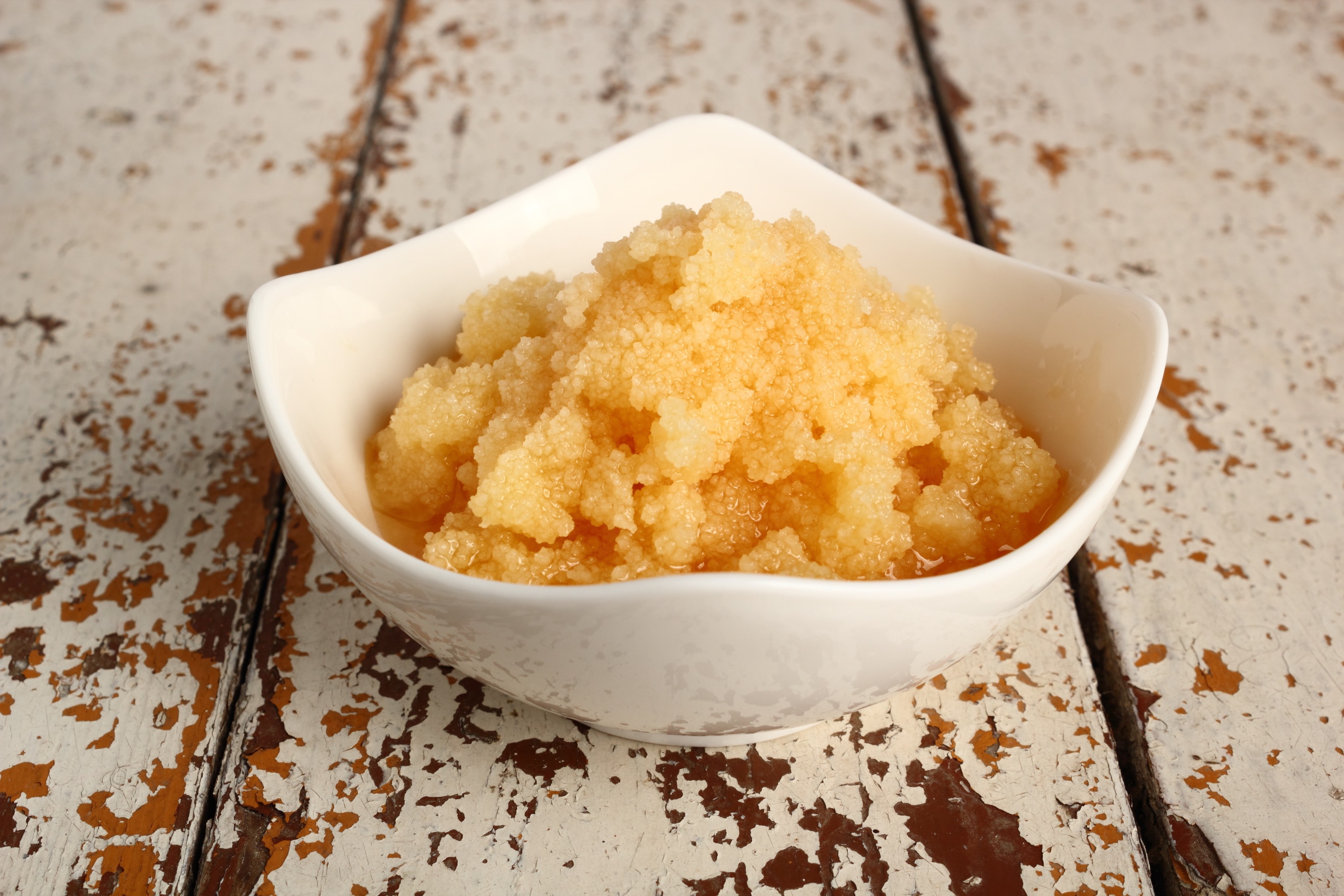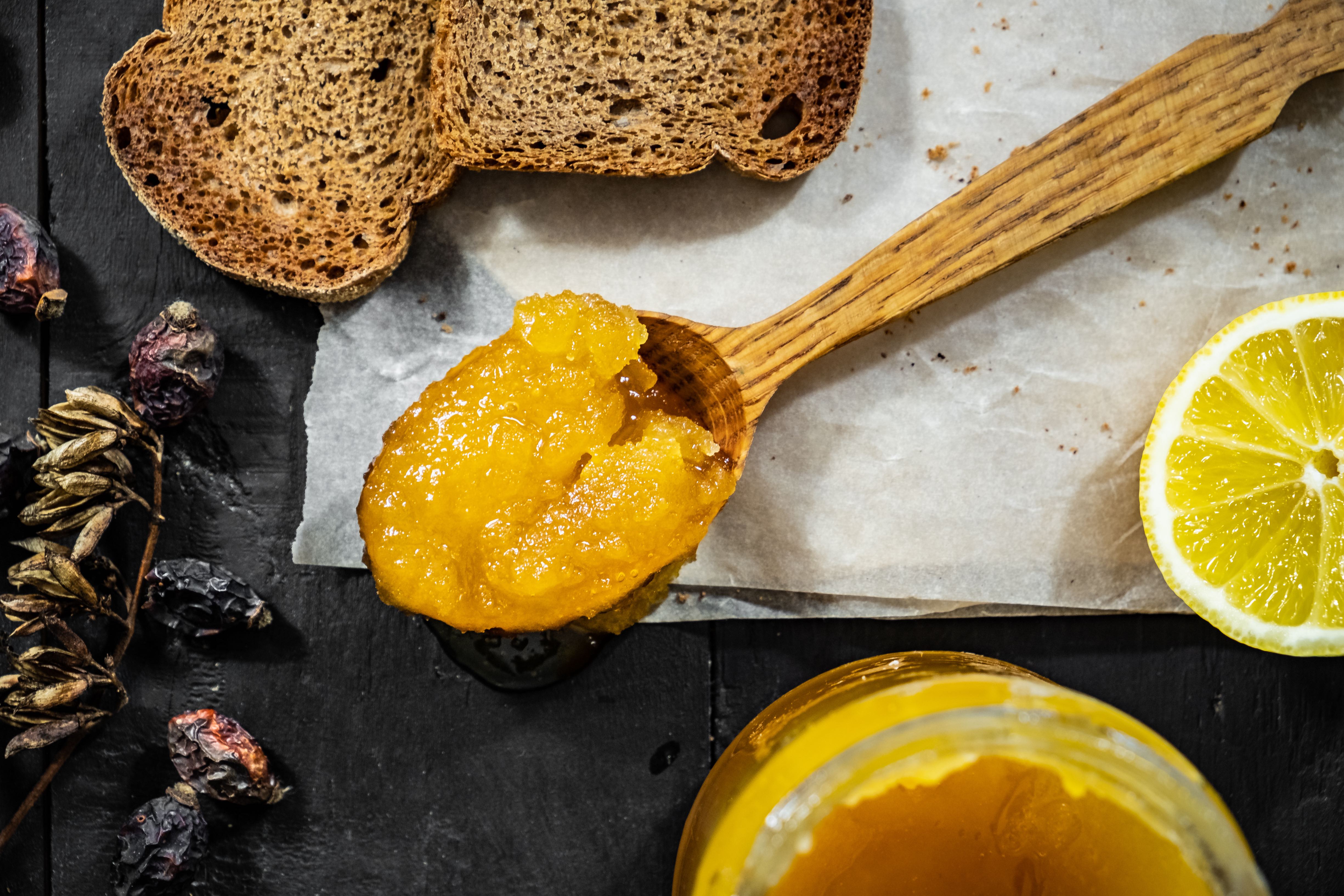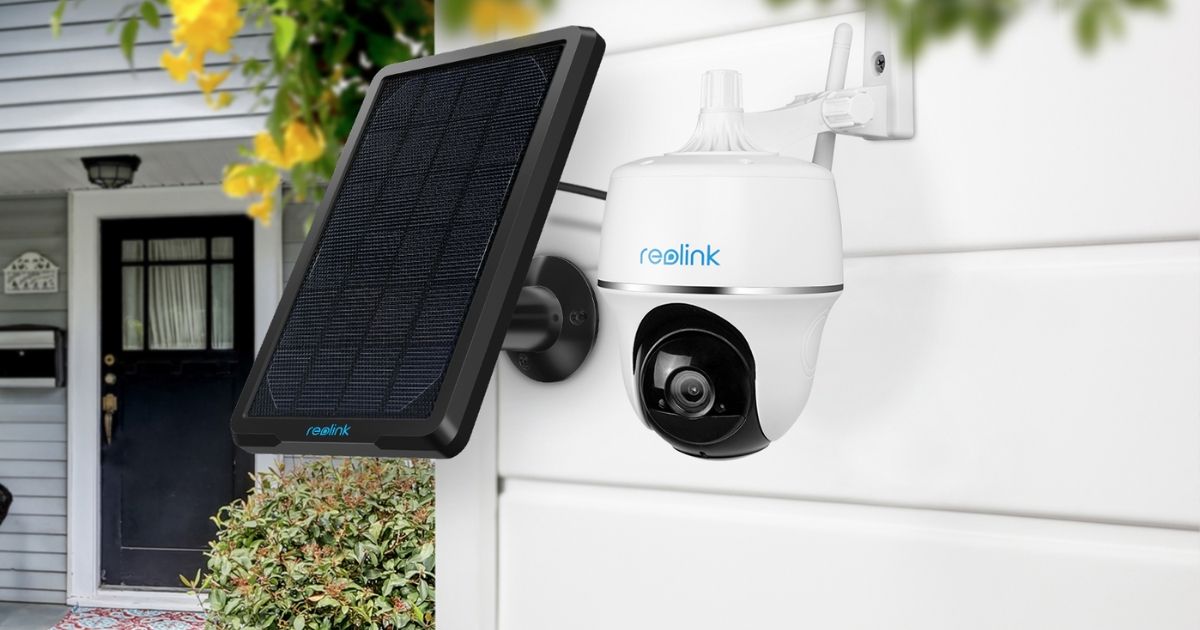
Do you have honey lying in your cupboard? And have you noticed that, instead of your honey pouring from a container, it has changed appearance and appears to have developed clumps? If so, you may have experienced the crystallization of honey. But why does honey crystallize anyway?
The Reason Behind Why Honey Crystallize
So what is the crystallization of honey? It’s what happens when liquid honey solidifies and clumps develop. This is because honey is essentially composed of two main ingredients: water and sugar (specifically, fructose and glucose). Sugar dissolves in water, hence why honey is usually a liquid at first. However, as the water evaporates (along with other factors), the sugar is left behind. This leads to crystallization because there is no longer enough water for the sugar to remain dissolved.
There are a number of factors that lead to honey crystallizing faster. Generally, the more sugar there is in the honey, the more likely the honey will crystallize quickly. Crystallizing is also more likely to happen if you keep a lot of it in a large container, rather than having a small amount in a small container. Nevertheless, honey crystallization is usually inevitable and steps to prevent it can only work for so long.
What Happens When Honey Crystallizes?
Honey crystals can come in various forms. Some are relatively small and form near the sides of the container. Other times, they become quite big, looking much like solid sugar clumps. In fact, when removed from the rest of the honey, it can be said that they resemble solid yellow candy. In many cases, the clumps simply settle at the bottom of the container. As for the rest of the honey, because there is now less sugar in the solution itself, it tends to lose its yellowish color. Instead, the honey may appear to have developed a less-dark color. It may also be less clear than it used to be.

Is Crystallized Honey Bad?
The answer, surprisingly, is no! In fact, beekeepers, chefs, and others would say that honey crystallizing is a good thing. Yes, that’s right, crystallized honey is not bad at all! But, why?
The most important reason is that honey crystallizing is considered a sign that the honey you bought is real. Honey” which is actually largely made from other ingredients such as high-fructose corn syrup won’t normally crystalize. On the other hand, if the honey crystallizes, you’re assured that what you have is the real deal.
But wait, there’s more! If the honey crystallizes quickly, that’s a sign that the honey you have is natural and unprocessed. This is because unprocessed honey includes tiny materials such as pollen and beeswax. On the other hand, while processed honey may seem more attractive because it lasts longer without crystallization, it leaves the door open for the potential that it may not be pure or genuine honey at all.
Does Real Honey Crystallize?
If you bought some honey and you notice that it hasn’t crystallized at all, you may want to be suspicious. As mentioned earlier, crystallization is a sign that your honey is the real thing. If it crystallizes quickly, it also likely means it’s unprocessed. Processed or filtered honey has impurities like pollen removed. This means it can last longer without crystallizing. However, it also opens the possibility that other ingredients were added to it. By contrast, pure honey without additives would not last that long without crystallizing.
How Do You Prevent Honey From Crystallizing?
Let’s say you don’t want your honey to crystallize. You want it to remain in a liquid form for longer. How do you do so?
One possible way is to keep the honey in a place that is at or slightly above room temperature. Ideally, it should be dark and cannot be reached by sunlight. Cupboards are perfect for this. However, keep in mind that honey in cupboards will still crystallize eventually.
What is not recommended is to put honey in cold places like a refrigerator. Doing so would actually encourage crystallization, as cold can speed up the process.
How To Decrystallize Honey?
If you found that your honey has already crystallized and you want to reverse it, there is a way. One method is to put your jar of honey inside a container full of hot water. Open your jar and mix the honey using a spoon or other utensil. Over time, the honey crystals will melt. Make sure to stir slowly to avoid water getting into the container. If this happens, the honey is at risk of eventually spoiling.

Can You Eat Crystallized Honey?
The answer is: yes! In fact, some people say that crystallized honey tastes very delicious! This is because crystallization adds a crunchy texture to the honey. Crystallized honey has a different bite to it, and this can add to the taste and flavor of various food such as bread.
What to Do with Crystallized Honey?
As mentioned earlier, you can put it on bread, pancakes, and other kinds of food. The crunch adds a different texture that may add fun to eating. If you’re a fan of sugary things like candy, you may actually prefer eating honey this way!
As for the crystals themselves, you can turn them into candy. After all, they’re just hard sugary bits. Simply separate them from the honey and let them dry. If the crystal clumps are big enough, they can be turned into candy and be enjoyed like any other.
In conclusion: should you be worried about your honey crystallizing? No, because crystallized honey opens up many new possibilities for you to enjoy your favorite sweetener.
Was this page helpful?
Our commitment to delivering trustworthy and engaging content is at the heart of what we do. Each fact on our site is contributed by real users like you, bringing a wealth of diverse insights and information. To ensure the highest standards of accuracy and reliability, our dedicated editors meticulously review each submission. This process guarantees that the facts we share are not only fascinating but also credible. Trust in our commitment to quality and authenticity as you explore and learn with us.


